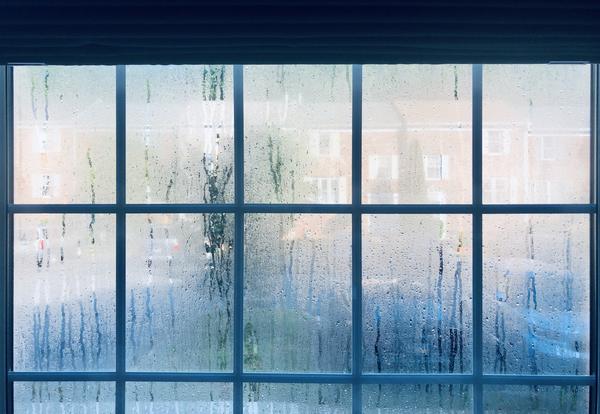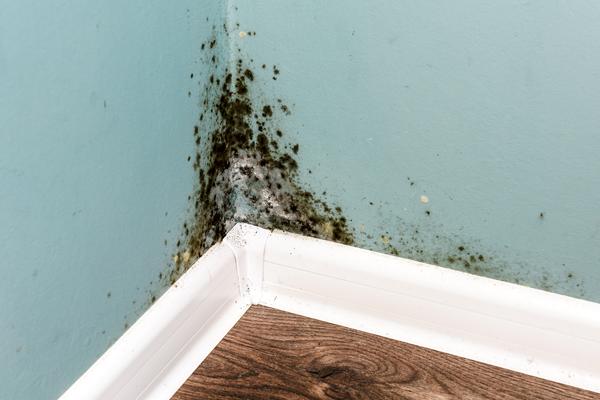3 Problems Caused By High Indoor Humidity (And How to Prevent Them)

How can you prevent high humidity in your Twin Cities home?
June in the Twin Cities, MN area means rising summer temperatures. High indoor humidity can be tricky to deal with, especially when indoor humidity is outside the range of 40-70%. According to the EPA, the proper range for indoor humidity is between 30%-50%.
High indoor humidity has several consequences, from encouraging mold growth to damaging furnishings.
In this blog, we’ll go over the following problems caused by high indoor humidity:
We’ll also cover how you can prevent these issues, which include:
- Ensuring your AC is properly sized
- Getting annual AC tune-ups
- Maintaining healthy ventilation
Feel Cool and Dry This Summer!
With over a century of trusted repairs and installs, you can trust MSP Plumbing Heating Air to make you feel COOL enough this summer. Schedule a service visit today with our trusted team.
Call us today at (651) 228-9200 or schedule below.
Problems Caused By Indoor Humidity
Mold and Mildew

High humidity causes mold growth.
When indoor humidity rises above 60%, mold and mildew can take over your home. Mold and mildew can grow and thrive on insulation, drywall, carpet, carpet padding, and subflooring. Keeping furniture against the walls can create a hiding spot for mold and mildew. Perhaps the worst places to find mold and mildew would be behind your wallpaper or on the wooden structural beams of your home.
Besides high indoor humidity, several things contribute to mold and mildew growth, including temperatures between 40° F to 100° F and having an unregulated temperature in your home. Forgetting to dry carpets and cloth furniture for 24-48 hours after cleaning them can also ensure mold and mildew growth.
If you find mold or mildew in your home, treat it as soon as possible because mold will spread easily through an HVAC system after AC filters become wet from high indoor humidity.
For more information about mold and mildew growth in your home, check out this simple guide from the EPA.
Insect Infestation
Many bugs love to move indoors during the hot part of the year when high indoor humidity sets in and can cause some serious problems. To prevent dust mites, bacteria, and insects, maintain an indoor humidity of 30%-50%.
Some insects like fungus gnats and mold mites can be an issue in higher humidity. Watch out for cockroaches in the kitchen as they love to snack on food and hide in dark places. Meanwhile, centipedes and silverfish thrive in dark, humid places, so you will likely find them hiding in the basement or crawl spaces. Watch out for earwigs and roly-poly bugs near bathroom drains or under rugs.
Damage to Furnishings
Indoor humidity levels higher than 70% can cause severe damage to home furnishings, including wood floors, wood furniture, and support structures like wooden beams, struts, and joists. Wooden window frames, wood paneling, and wallpaper can take severe damage and need replacement.
Humidity could damage cloth items like mattresses, clothing, and fabric furniture. These furnishings will often grow mold and mildew, and you must throw them out. Replacing these furnishings is costly and time-consuming.
How to Prevent Indoor Humidity
Ensure Your AC is Properly Sized
To ensure a relaxing Minnesota summer, ask a professional HVAC technician to check that your AC is the proper size. They will verify that the BTU of your AC meets the requirement for the square footage of your home. If it doesn't, the system will start short cycling. It will keep turning on, running for a short period, and turning off again.
Another thing to consider is the conditions of the room you are trying to cool. Factors such as the amount of sunlight, the number of windows, and how many people will occupy a room change the cooling requirements.
Get Annual AC Tune-Ups
Why should you get annual AC tune-ups? There are more cost-saving benefits than just saving on your utility bills. Annual tune-ups improve your AC system's performance and prolong its lifespan.
Tune-ups also help your AC cool your home evenly with better circulation, increasing your comfort levels. Ultimately, you will enjoy your home more and save on expensive emergency repairs and replacements.
Maintain Healthy Ventilation

Increase ventilation in your home by opening windows.
Maintaining healthy ventilation is the easiest way to control high indoor humidity. For example, run the AC system to dehumidify your home when cooking, cleaning, or showering and prevent built-up steam from condensing on the walls.
Another tip is to keep the kitchen vent fan on while cooking and to annually check your ductwork, window frames, and doors for leaks.
You’ll also want to keep the air flowing outside as well. Keep the area around your outdoor AC unit free of any leaves to promote airflow and prevent humidity problems.
All in all, there can be a high price if proper humidity is not maintained. Damage can range from mold to rotting structural beams. With the valuable tips and guidelines offered in this article, you can rest assured that your home will be safe and comfortable during the summer months.
Keep Your Home Healthy By Preventing Indoor Humidity With MSP
Are you ready for some professional help? Contact MSP! With over a century of air conditioning experience, our team can provide you with a convenient and smooth AC repair or tune-up service. We will check that your cooling system is functioning well and dehumidifying your home. Also, we’ll provide options to dehumidify your home further.
Call us today at (651) 228-9200 or schedule below.
